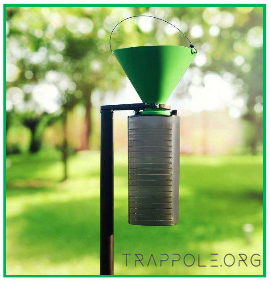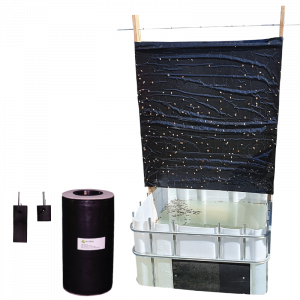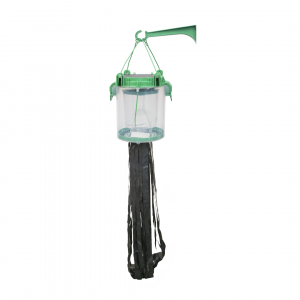Penguins, the charming and unique birds of the Southern Hemisphere, have captivated people's interest for years. While most commonly associated with Antarctica, these flightless birds are found in various regions, each species adapted to its environment in remarkable ways. Here we explore some fascinating facts about penguins, highlighting their extraordinary traits and behaviors. We also delve into intriguing aspects of Antarctica, the icy continent that serves as a crucial habitat for several penguin species.
Penguin Species in Antarctica
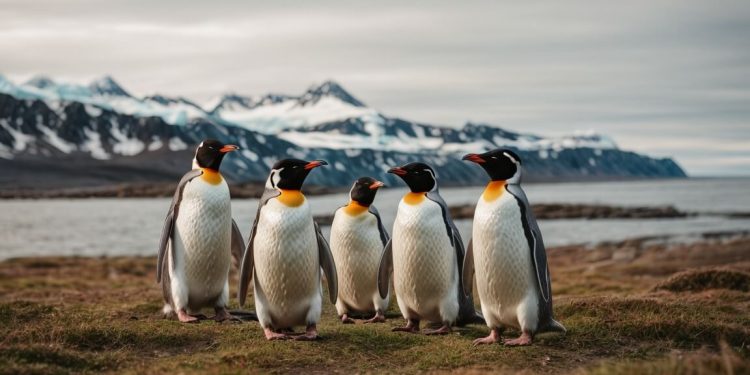
There are six penguin species in Antarctica: the Emperor, King, Gentoo, Adelie, Chinstrap, and Macaroni penguins. The Emperor Penguin is the largest, reaching up to 4 feet in height and over 100 pounds in weight. No, not all penguin species are exclusive to Antarctica. While some, like the Emperor and Adelie, primarily reside there, others like the King and Macaroni are also found on sub-Antarctic islands.
Penguins have adaptations like a thick layer of blubber, dense feathers, webbed feet, and streamlined bodies to survive in cold climates and swim efficiently. Their diet mainly consists of fish, squid, and krill. Their hunting skills are aided by their sharp beak and excellent swimming capabilities. As a keystone species, they play a critical role in nutrient cycling and regulating the population of their prey, primarily krill. The primary threats include climate change, habitat destruction, oil spills, and human disturbance.
| Species | Height | Weight | Habitat | Breeding Season |
|---|---|---|---|---|
| Emperor | Up to 4 feet | Over 100 pounds | Coldest parts | Winter |
| King | Up to 3 feet | Over 75 pounds | Warmer parts | Summer |
| Gentoo | Up to 2.8 feet | Over 55 pounds | Sub-Antarctic islands | Spring |
| Adelie | Up to 2 feet | Over 30 pounds | Coastal areas | Autumn |
| Chinstrap | Up to 2.4 feet | Over 40 pounds | Coastal areas | Spring |
| Macaroni | Up to 1.9 feet | Over 25 pounds | Sub-Antarctic islands | Summer |
Adaptations for Survival: Penguins have evolved to thrive in Antarctica's extreme conditions. Their thick feathers and blubber layer provide insulation, while their streamlined bodies and webbed feet aid in efficient swimming. These adaptations are crucial for their survival in one of Earth's harshest environments.
The Penguins' Ecosystem Role
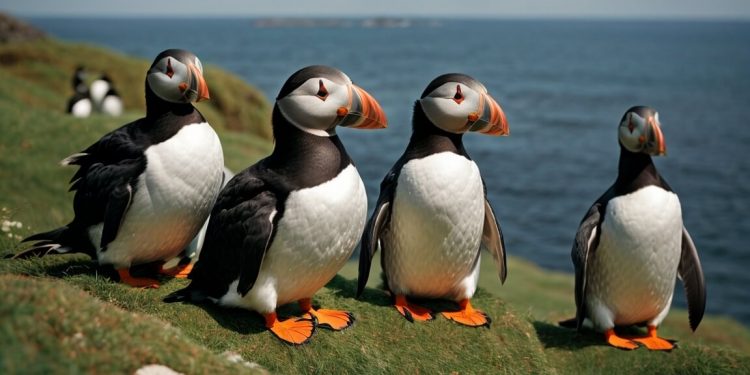
Penguins are a keystone species in the Antarctic ecosystem. They help regulate krill populations and transport nutrients across the ecosystem. Additionally, they serve as prey for seals, orcas, and leopard seals, thus maintaining the ecological balance.
Antartica Penguins Challenges and Conservation
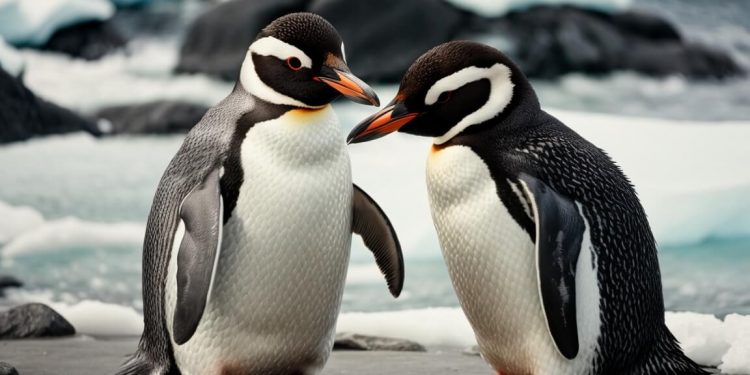
Penguins face numerous threats such as climate change, oil spills, hunting, bycatch, and human disturbance. Climate change, especially, poses a significant threat by affecting their food sources and breeding grounds.
Conservation efforts include establishing protected areas, reducing pollution, and promoting awareness. Individuals can contribute by reducing their carbon footprint, supporting conservation organizations, and educating others about penguins and their plight.
FAQs About Penguins
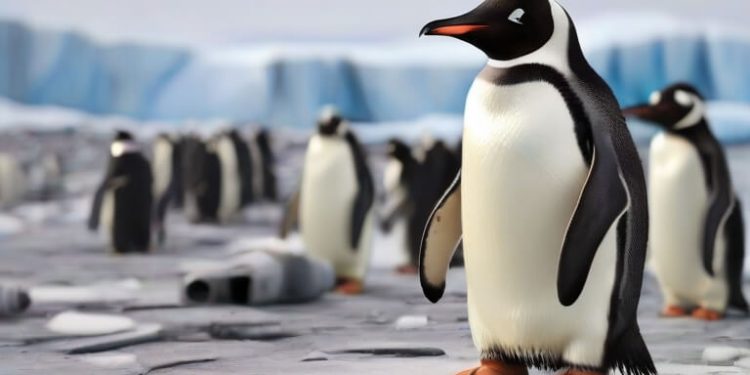
What are 5 interesting facts about penguins?
- Gentoo Penguins' Speed: Gentoo Penguins are the swiftest, reaching speeds of up to 36 km/h in water.
- Ancient Lineage: Penguin fossils date back 62 million years.
- Frequent Poopers: Penguins defecate every 20 minutes.
- Counter-Shading: Their black and white coloring, known as counter-shading, aids in camouflage.
- Diving Experts: Penguins are adept divers, with some species capable of deep dives for food.
What are 5 interesting facts about Antarctica?
- Driest Continent: Despite its ice, Antarctica is the driest continent.
- Sparse Human Population: Very few people live here permanently.
- Recent Discovery: Antarctica was discovered in relatively recent history.
- No Single Country Ownership: The continent is not owned by any single nation.
- Late Naming: “Antarctica” was only officially named in the 1890s.
What are 5 interesting facts about Adélie penguins?
- Stone Theft: Adélie Penguins are known for stealing stones from other nests.
- Unique Tails: They have short, wedge-shaped tails with 14 to 18 stiff feathers.
- Solar Navigation: Studies suggest they use the sun for navigation.
- Social Birds: Adélies are highly social and live in large colonies.
- Adapted for Cold: They are well-adapted to the harsh Antarctic climate.
What are 10 interesting facts about emperor penguins?
- Extended Underwater Time: Emperor Penguins can swim underwater for up to 22 minutes.
- Group Name in Water: A group of penguins in water is called a raft.
- Long Inland Walk: They walk long distances inland to their colonies.
- Lifespan in Captivity: Can live up to 50 years in captivity.
- Deep Divers: They're the deepest diving birds, with a record of 565m.
- Largest Penguin Species: Emperor Penguins are the largest of all penguin species.
- Breeding in Winter: Unique for breeding during the Antarctic winter.
- Heat Conservation: They huddle together for warmth in extreme cold.
- Diet: Mainly feed on fish, krill, and squid.
- Parental Care: Males incubate the eggs while females hunt for food.
Conclusion
Penguins are an integral part of Antarctica's ecosystem, and their conservation is vital. For those interested in learning more about these fascinating creatures, resources are available online, in libraries, and at zoos or aquariums. Additionally, birdwatching enthusiasts can explore more about penguins and other avian species to appreciate their role in our world.














